Sertar or Seda - Tibetan village in China
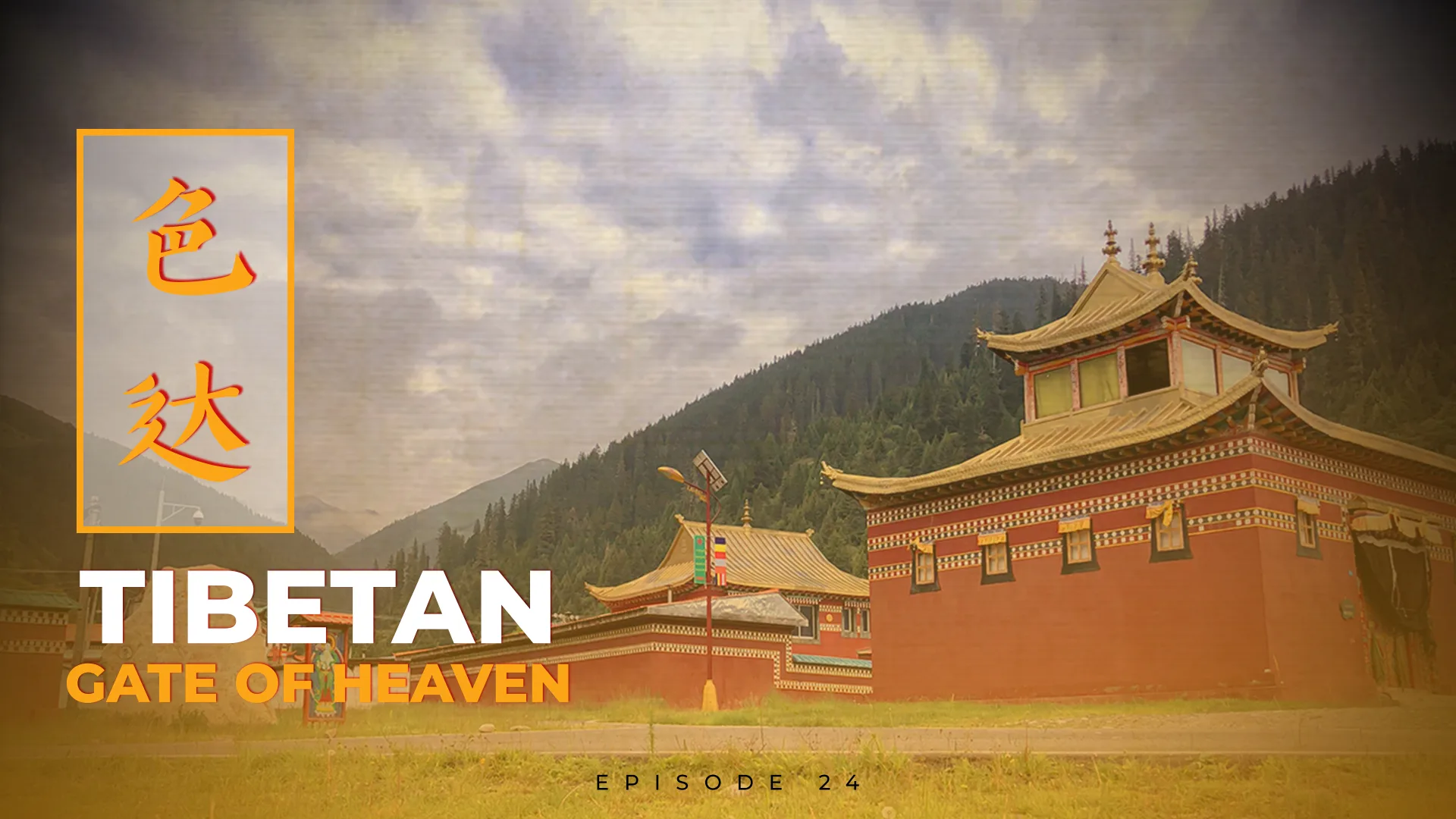
Sertar Village, located in Sichuan Province, China, is a remote and hidden gem that has captivated the hearts of travelers for its serene beauty and rich cultural heritage. It is known for the Larung Gar Buddhist Institute, which is one of the largest Tibetan Buddhist institutes in the world and the highlight of the village. Despite its significance, visiting Sertar Village as a foreign tourist can be quite challenging due to the limited access and strict restrictions imposed by the Chinese government.



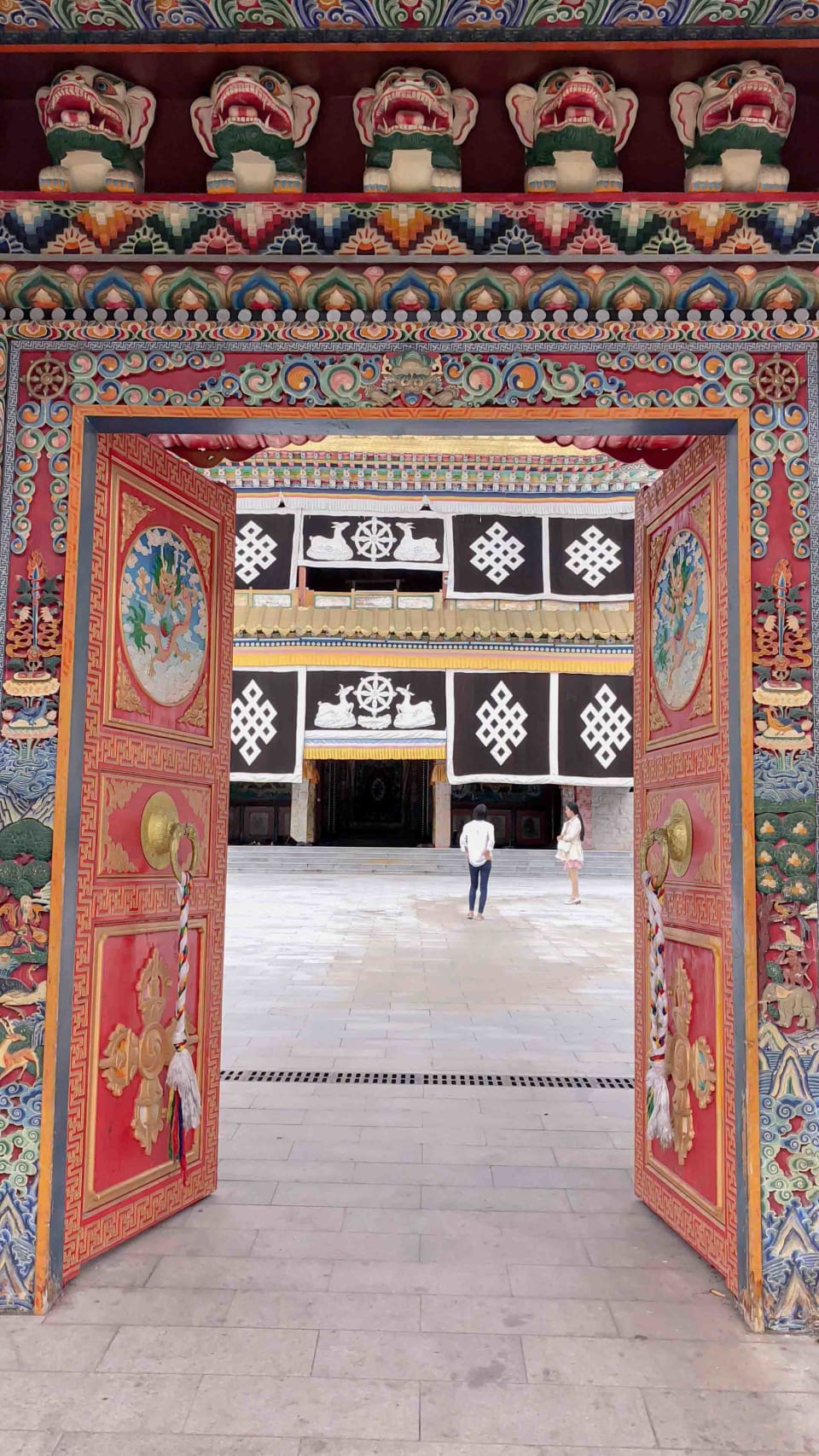





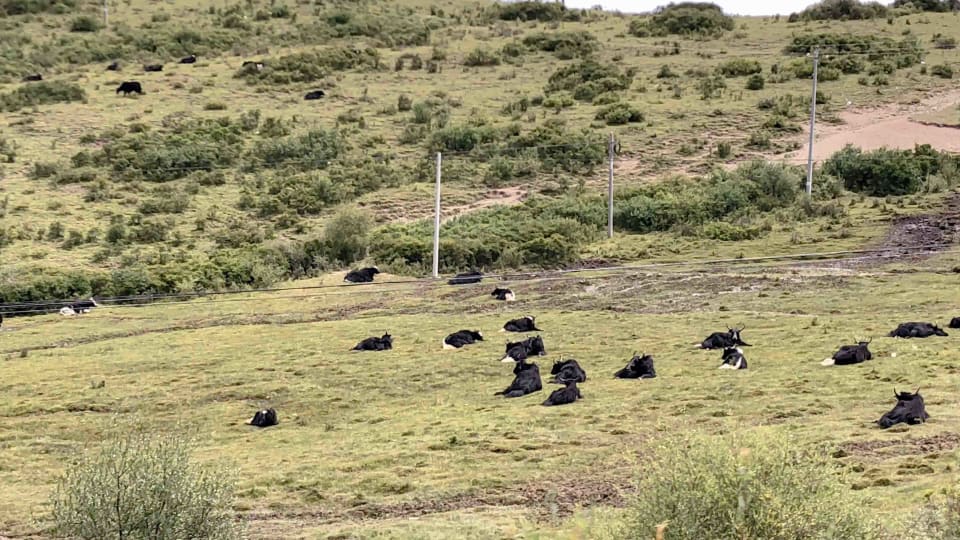


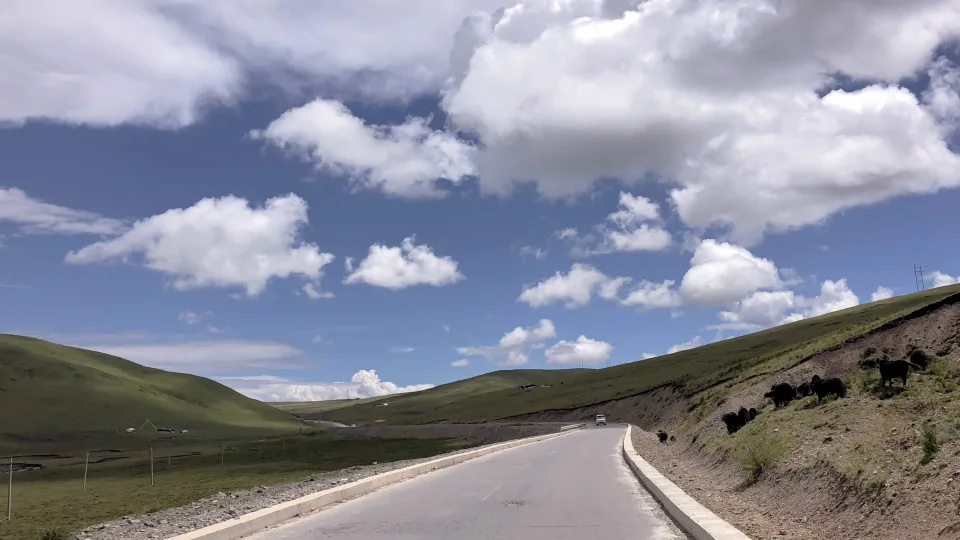


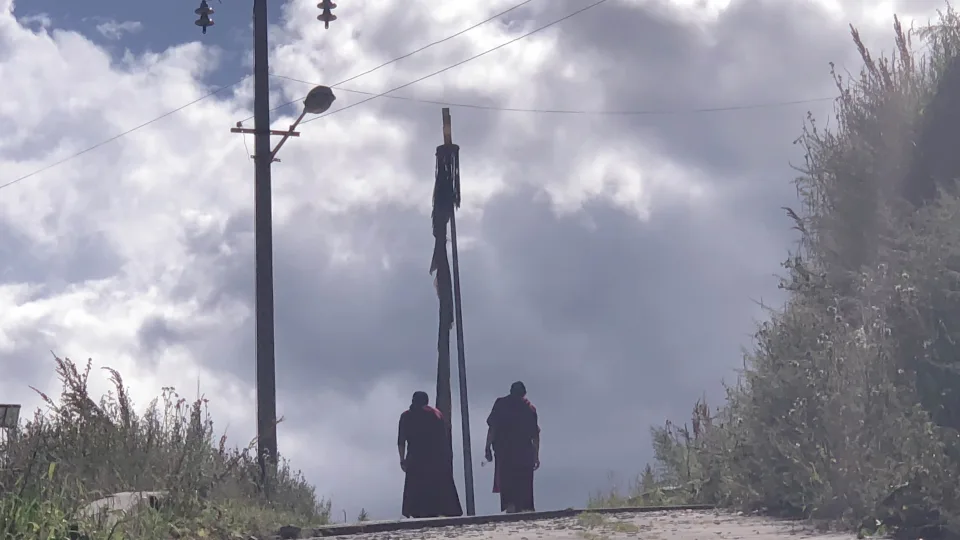
The journey to Sertar is a bit of an adventure, as the road to the village is under construction and the travelers do not have a car. Along the way, they encounter a small village and eventually arrive in Seda after three days of travel. Despite the shaky experience, the scenic beauty and serenity of the place make the journey worth it.

However, once the foreign team of travelers reach Sertar, they face several challenges. Firstly, obtaining the necessary visas and permits to enter the area can be difficult for foreigners. The Chinese government's restrictions on the entry of foreign tourists can make the process of obtaining a visa and permit a long and complicated one.

Secondly, the language barriers and cultural differences can also make it challenging for foreigners to fully understand and appreciate the cultural and religious significance of the village. Communication with the locals can be difficult, as English is not widely spoken, and the cultural norms and customs may seem strange to foreigners.
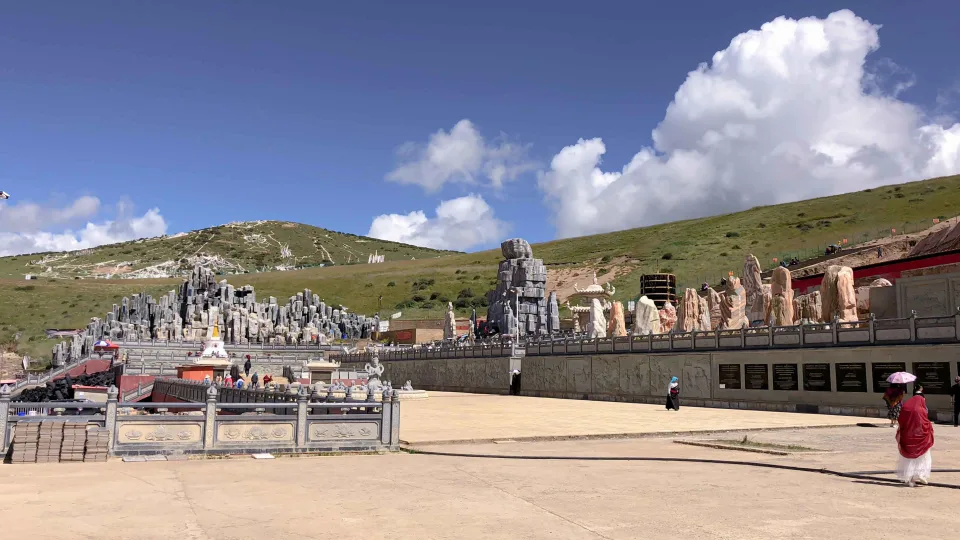







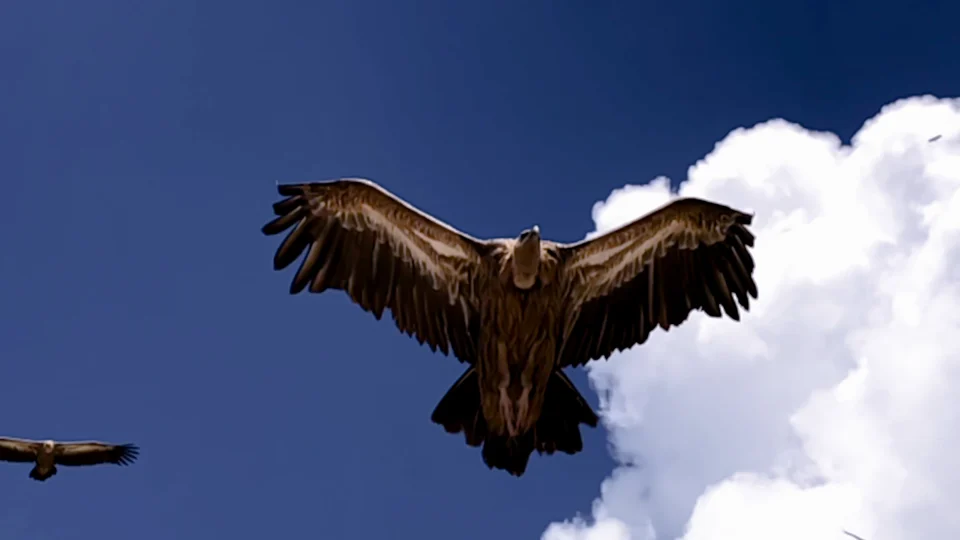






Despite these challenges, visiting Sertar Village is a truly unforgettable experience. The highlight of the village is the Buddhist college, where the monks live and pray, but the main reason why people visit Sertar is to witness an incredible sky burial ceremony. The Tibetan people believe in letting nature take its course with the body after death, rather than preserving it, and Sertar is the only place in the world where they still perform the traditional act of cutting the dead body.

The sky burial practice, also known as Jhator, is a unique and important aspect of Tibetan culture and religion. In this tradition, the dead body is cut into small pieces and left on a mountaintop for vultures to consume. The act is seen as a way to return the body to nature, release the spirit, and provide nourishment for the birds. This practice reflects the Tibetan belief in the impermanence of life and the cycle of birth, death, and rebirth. It is an integral part of the local cultural and religious identity, and it is deeply rooted in Buddhist beliefs about compassion and the interdependence of all living things. For visitors to Sertar, witnessing a sky burial ceremony can be a truly awe-inspiring and thought-provoking experience, providing a unique glimpse into the beliefs and customs of Tibetan culture.

The travelers will have the opportunity to learn about the story behind this practice and its significance to the Tibetan culture. The sky burial ceremony is a unique and unforgettable experience that provides a glimpse into the rich cultural heritage and traditions of the Tibetan people.

In conclusion, visiting Sertar Village may be challenging, but it is an unforgettable experience that provides a unique glimpse into the rich cultural heritage and traditions of the Tibetan people. The scenic beauty, serenity, and significance of the place make it a must-visit destination for travelers who seek to understand and appreciate the richness of Tibetan culture and tradition.
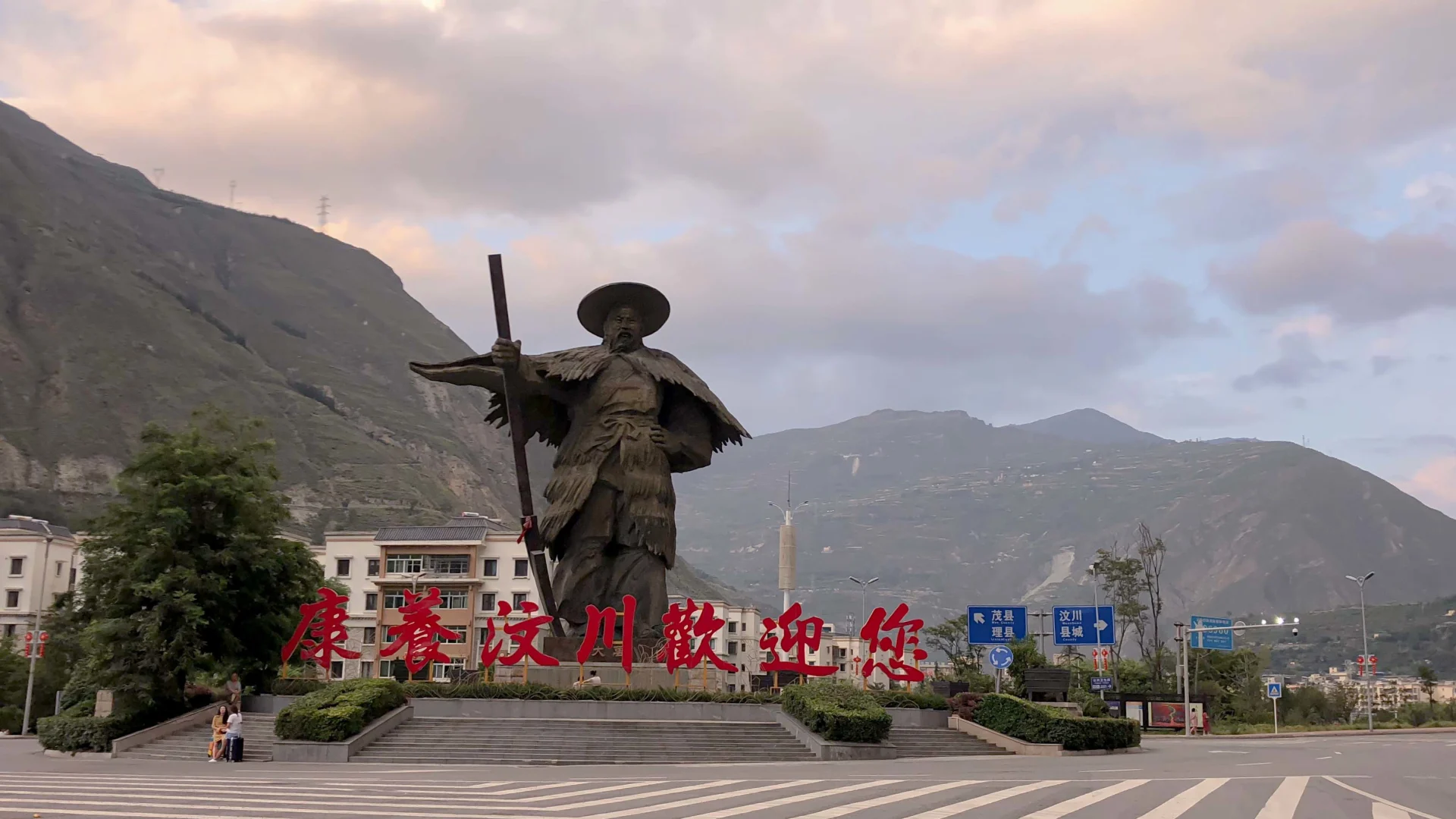
For more information and just to take a closer look to this beautiful place in China in coming up video bellow. Follow our Lion On The Road series to discover Real China as no one before.

Lion On The Road
Lion in heart - Lion in soul - Lion on the Road
